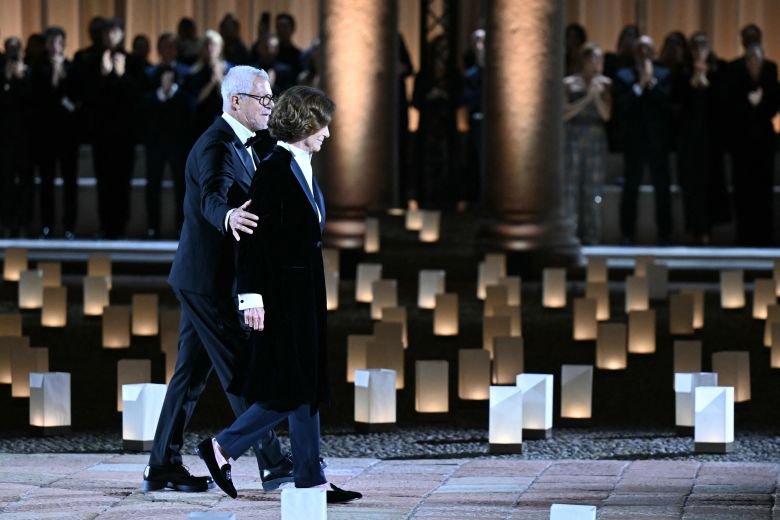Milan Fashion Week closed its Spring/Summer 2026 season with an atmosphere that blended celebration, change, and reflection, proving once again why the city remains the beating heart of European fashion. The week began under the shadow of Giorgio Armani’s passing, yet his final collection became a moving tribute to his lifelong devotion to elegance. Titled
Milan Fashion Week closed its Spring/Summer 2026 season with an atmosphere that blended celebration, change, and reflection, proving once again why the city remains the beating heart of European fashion. The week began under the shadow of Giorgio Armani’s passing, yet his final collection became a moving tribute to his lifelong devotion to elegance. Titled “Pantelleria, Milan”, the show carried echoes of his personal journey, staged with the music of Ludovico Einaudi and closing with a symbolic blue gown worn by Agnese Zogla. As Armani’s niece Silvana and longtime partner Leo Dell’Orco took the final bow, the audience was reminded that fashion, at its highest level, is both craft and legacy. The emotion of Armani’s farewell anchored a week filled with innovation and reinvention, creating a backdrop where every designer seemed intent on proving that Italian fashion thrives on memory and renewal in equal measure.

Elsewhere, the runways reflected a moment of transition, not just for individual houses but for the industry as a whole. Versace stepped into a new era under creative director Dario Vitale, marking the first time in decades that Donatella Versace was absent from the front row, a sign of Prada Group’s reshaping of the brand. Gucci, meanwhile, abandoned the typical runway format in favor of a cinematic spectacle called “The Tiger”, leaning into storytelling and spectacle while signaling a bolder direction under new leadership. At Jil Sander, Simone Bellotti’s debut collection reaffirmed minimalism’s enduring power, balancing clean tailoring with unexpected sensual details. These creative handovers showed Milan as a battleground for reinvention, where heritage houses face the delicate task of honoring their past while winning over a new, younger, and more demanding audience. If the new guard delivered freshness, established names like Fendi reminded the world of Italian fashion’s eternal romance with color, texture, and craft. Silvia Venturini Fendi presented a dreamlike summer of sheer fabrics and vibrant hues, capturing a sense of optimism that countered global uncertainty. At the same time, shows like Francesca Liberatore’s used fashion as commentary, with models descending from emergency stairwells and black roses placed at photographers’ podiums a somber meditation on turbulence beyond the runway. Threading through all the collections was a renewed emphasis on “Made in Italy”: craftsmanship, authenticity, and traceable production became not just marketing slogans but essential markers of value in an era when consumers demand transparency. In the end, Milan Fashion Week offered more than clothes; it staged a narrative about legacy, reinvention, and resilience, making clear that Italian fashion’s greatest strength lies in its ability to honor history while daring to imagine tomorrow.

















Leave a Comment
Your email address will not be published. Required fields are marked with *